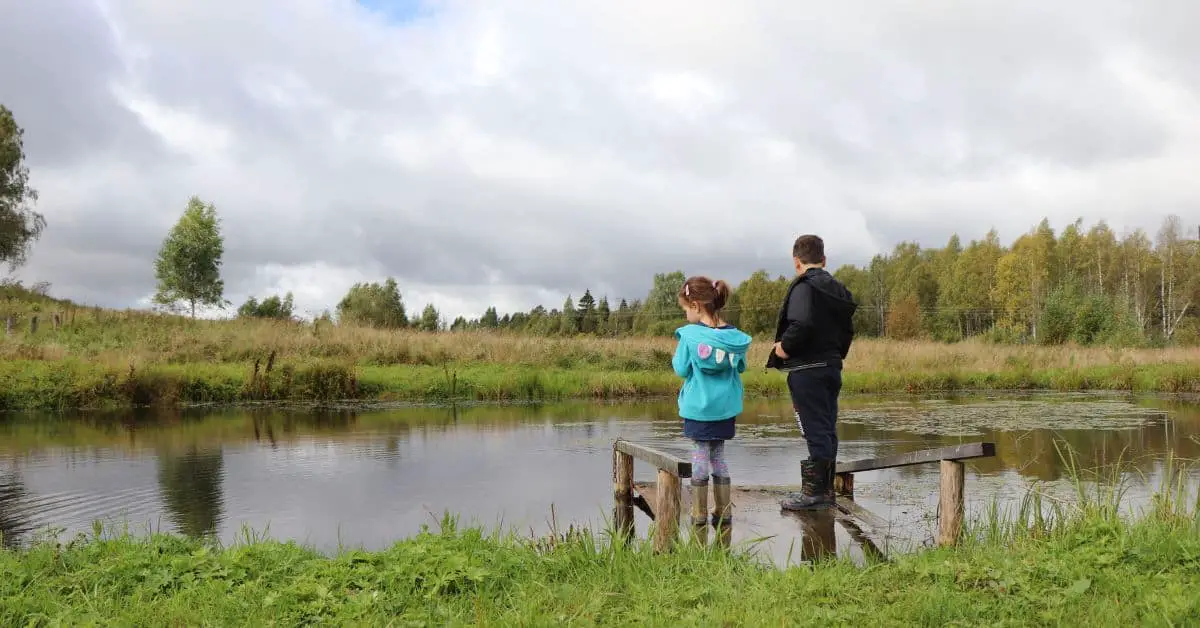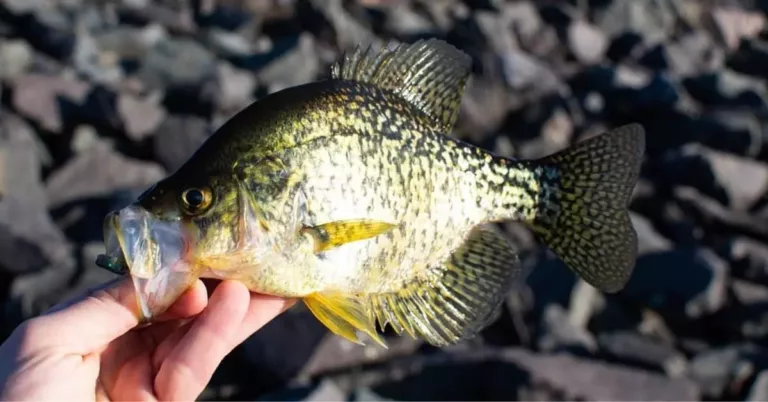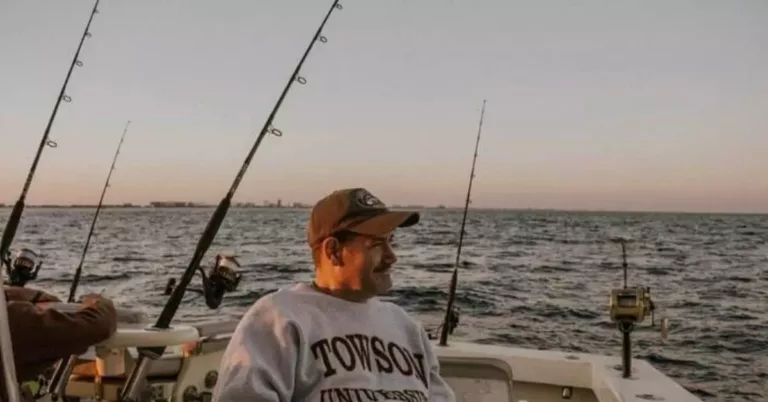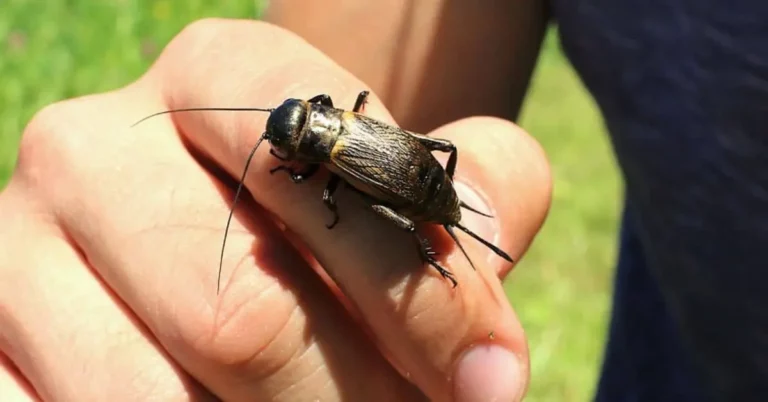3 Insider Tips for Catching Crappie in Small Lakes Like a Pro

Fishing for crappie in small lakes can be a thrilling and rewarding experience for anglers of all skill levels. These tasty fish are found in many smaller bodies of water throughout the country and can be caught using a variety of techniques.
In this article, we will explore the best strategies for catching crappie in small lakes, including selecting the right equipment, identifying the best spots to fish, and choosing the right bait and lures.
Equipment for Small Lakes
When it comes to choosing the right equipment for fishing for crappie in small lakes, there are a few key factors to consider. One of the most important is the type of rod and reel you will use. There are two main options here: bream poles and reels.
Bream poles are long, lightweight rods that are designed specifically for catching small panfish like crappie. They are typically between 8 and 12 feet in length and are made of lightweight materials like fiberglass or graphite.
Bream poles are great for fishing in small lakes because they allow you to reach reasonably long distances and present your bait in a natural way to the fish.
Bream poles also have the added advantage of being able to pinpoint exactly where you place your bait when fishing around relatively close structures and brush in the water.
My kids refer to these as magic poles. They almost always get bites when using them.
One of my favorite options is the B&M Black Widow. It will tear those black crappie up all day.
Reels, on the other hand, are more traditional fishing equipment that is designed for a wider range of species. They are typically smaller and more compact than bream poles and are mounted on a rod with a handle.
Reels are great for fishing in small lakes because they allow you to use longer lines and retrieve your bait easily.
Ultimately, the decision between using a bream pole or a reel will come down to personal preference and the specific circumstances of your fishing trip.
Both can be effective for catching crappie in small lakes, so it’s a good idea to try both and see which one works best for you.
I prefer to have several of each available. You can rig them up with different setups or jigs and swap them out as you need. A second pole also allows you to get back into the water after that inevitable snag, without missing the next bite.
Crappie Bait Options for Small Lakes
Choosing the right bait and lures: There are many different baits and lures that can be effective for catching crappie in small lakes. Live bait, such as minnows or worms, can be very effective, as can small jigs or soft plastics.
When choosing the right bait for fishing for crappie in small lakes, there are many different options to consider. Some of the most effective baits for catching crappie in small lakes include:
- Live bait: Live bait, such as minnows or worms, can be very effective for catching crappie in small lakes or ponds. When using live bait, I prefer minnows or crickets.
Both of these tend to be a bit less messy than worms, and from my thought process more of a natural bait, the worms don’t exactly jump into the water, however minnows and bugs fall into the water all of the time.
Live bait is especially successful when crappie are already feeding, during the spring spawn and fall weather they will eat nearly anything that moves.
- Jigs: Small jigs, particularly those made with soft plastic bodies, can be very effective for catching crappie in small lakes. Jigs mimic the movement of small baitfish and can be fished in a variety of ways, including casting and vertical jigging.
I find jigs to be most useful when the crappie are sluggish and holding near cover. Drop a vertical jig with a brightly colored tail down along the edges of the brush pile and let it hang there, with any luck you will lure a nice slab out of the brush.
- Soft plastics: Soft plastics, such as worms and grubs, can also be effective for catching crappie in small lakes. These lures mimic the appearance and movement of small baitfish and can be fished in a variety of ways.
While these are an option, I never seem to have much luck with them for crappie unless combined with a vertical jig, every now and then I will add a longer worm tail to a jig, but they seem to prefer 1 to 2-inch lengths in most cases.
Ultimately, the best bait for catching crappie in small lakes will depend on the specific circumstances of your fishing trip. It’s a good idea to try a few different baits and see which one works best for you. Hence the reason for the earlier suggestion is to bring several pole setups.
Choosing the Best Location to Fish for Crappie
Crappie are typically found in a variety of habitats in small lakes, including weed beds, brush piles, and drop-offs.
Understanding these different habitats and learning how to locate crappie within them can greatly increase your chances of success when fishing for crappie in small lakes.
Weed beds are areas of the lake where aquatic plants are abundant. Crappie are often found in weed beds because they provide cover and protection from predators.
To locate crappie in weed beds, look for areas where the weeds are thickest and the water is relatively shallow.
Most often they will inhabit these areas in early spring and as the weather begins to cool for fall, though in the fall they will tend to be near areas of moving water such as small creek inlets.
Brush piles are another common habitat for crappie in small lakes. These are areas where tree branches or other debris have been piled up to create structures in the water.
Crappie are attracted to brush piles because they provide cover and attract smaller baitfish. To locate crappie in brush piles, look for areas where the brush is dense and the water is relatively deep.
Drop-offs are areas of the lake where the bottom drops off suddenly, creating a steep slope. Crappie are often found along drop-offs because they provide a transition zone between shallow and deep water.
To locate crappie along drop-offs, look for areas where the slope is steep and the water is relatively deep. The easiest way to find these is to look for old road beds in reservoirs and inlets/outlets of water from your small lake. These will create slightly deeper channels where the crappie will hang out.
By understanding the different habitats that crappie inhabit in small lakes, you can greatly increase your chances of success when fishing for these tasty fish.
Conclusion:
Fishing for crappie in small lakes can be a fun and rewarding activity for anglers of all skill levels. By choosing the right equipment, selecting the right bait and lures, and identifying the best spots to fish, you can increase your chances of success on the water.
Remember to try out a few baits and even times of day you hit the water if you can. Crappie tend to like earlier mornings and late nights the best. With a little bit of practice and patience, you’ll be able to land some big crappie in no time.






